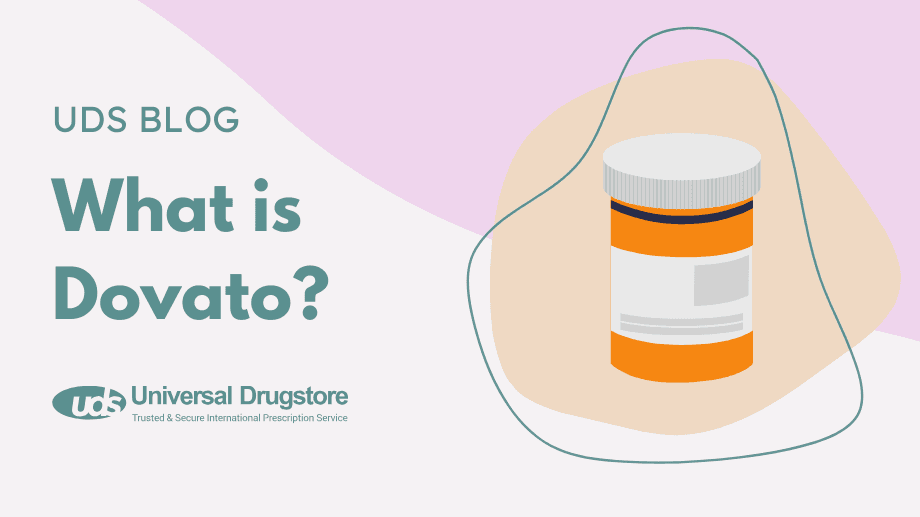What is HIV?
HIV (Human Immunodeficiency Virus) is a sexually transmitted infection that attacks the immune system’s CD4 (T) cells, which help the body fight infections. If untreated, HIV can progress to AIDS (Acquired Immunodeficiency Syndrome). Unlike many viruses, the body cannot eliminate HIV entirely, so infection is lifelong.
HIV is transmitted via infected bodily fluids—blood, semen, vaginal and rectal fluids, and breast milk. It is not spread through casual contact, air, or water. Common transmission routes include unprotected vaginal or anal sex, sharing contaminated needles, mother-to-child transmission during pregnancy, childbirth, or breastfeeding, and, rarely, via unscreened blood transfusions or organ transplants.
There is no cure, but antiretroviral therapy (ART) uses combinations of HIV medicines daily to suppress viral replication, preserve immune function, improve lifespan, and reduce transmission risk.
What causes HIV?
HIV is caused by infection with the retrovirus HIV-1 (and less commonly HIV-2). It likely originated from simian immunodeficiency viruses in chimpanzees in Central Africa, crossing into humans through exposure to infected blood during hunting. Once in the human body, HIV integrates into host DNA and selectively destroys CD4+ T cells, undermining immune defenses.
Transmission requires direct transfer of fluid containing the virus: unprotected sex, needle sharing, mother-to-child, and rarely via contaminated blood products. Casual contact does not transmit HIV.
What are the symptoms of HIV?
Acute HIV Infection (2–4 weeks post-exposure)
- Fever
- Swollen lymph nodes
- Sore throat
- Rash
- Muscle and joint aches
- Headache
- Nausea
- Night sweats
These flu-like symptoms last days to weeks. Viral replication is very high and infectiousness peaks.
Clinical Latency (Chronic HIV)
During this stage, which can last over a decade without ART, the virus remains active at low levels. Most people have no symptoms or only mild ones.
AIDS (Advanced HIV)
Diagnosis occurs when CD4 counts fall below 200 cells/mm³ or when opportunistic infections/cancers develop. Symptoms include:
- Rapid weight loss
- Recurring fever or night sweats
- Extreme fatigue
- Swollen lymph glands
- Chronic diarrhea
- Sores in mouth, anus, or genitals
- Neurologic issues (memory loss, depression)
Opportunistic illnesses include tuberculosis, severe bacterial infections, Kaposi’s sarcoma, lymphomas, and cryptococcal meningitis.
How is HIV diagnosed?
- Antibody screening tests (ELISA or rapid tests): detect antibodies in blood or saliva. Positives require confirmatory testing.
- Antigen/antibody tests: detect both p24 antigen and antibodies, shortening the window period.
- Nucleic acid tests (NATs): detect viral RNA, used after high-risk exposure or early symptoms, positive 7–28 days post-infection.
- Follow-up testing for confirmation and linkage to care after any positive result.
How is HIV treated?
Antiretroviral therapy (ART) uses a combination of drugs from different classes to block HIV replication and prevent resistance. Key drug classes include:
- Nucleoside/nucleotide reverse transcriptase inhibitors (NRTIs): abacavir, tenofovir, emtricitabine, lamivudine
- Non-nucleoside reverse transcriptase inhibitors (NNRTIs): efavirenz, rilpivirine, doravirine
- Protease inhibitors (PIs): atazanavir, darunavir, lopinavir/ritonavir
- Integrase strand transfer inhibitors (INSTIs): raltegravir, dolutegravir, cabotegravir
- Entry/fusion inhibitors and CCR5 antagonists: enfuvirtide, maraviroc, ibalizumab, fostemsavir
- Pharmacokinetic enhancers (boosters): cobicistat
Fixed-dose combinations simplify dosing and improve adherence.
Pre-Exposure Prophylaxis (PrEP)
PrEP taken before exposure prevents HIV infection:
- Truvada (emtricitabine/tenofovir DF) for sex and injection risk
- Descovy (emtricitabine/tenofovir AF) for sexual risk (not approved for vaginal exposure)
- Apretude (cabotegravir) long-acting injectable for sexual risk
Post-Exposure Prophylaxis (PEP)
PEP must be started within 72 hours of exposure and continued for 28 days to reduce infection risk.
What are the complications of HIV?
Without treatment, HIV progresses to AIDS, characterized by severe immune suppression and susceptibility to opportunistic infections and cancers. Even with ART, people with HIV may face higher risks of cardiovascular disease, kidney disease, neurocognitive disorders, and certain malignancies.
Sources
- HIV Basics. Centers for Disease Control and Prevention (CDC). Accessed Apr. 23, 2024.
- About HIV and AIDS. HIV.gov. Accessed Apr. 23, 2024.
- HIV/AIDS Fact Sheets. World Health Organization. Accessed Apr. 23, 2024.
- HIV and AIDS. HIVinfo. Accessed Apr. 23, 2024.
- What is HIV and AIDS? Planned Parenthood. Accessed Apr. 23, 2024.




